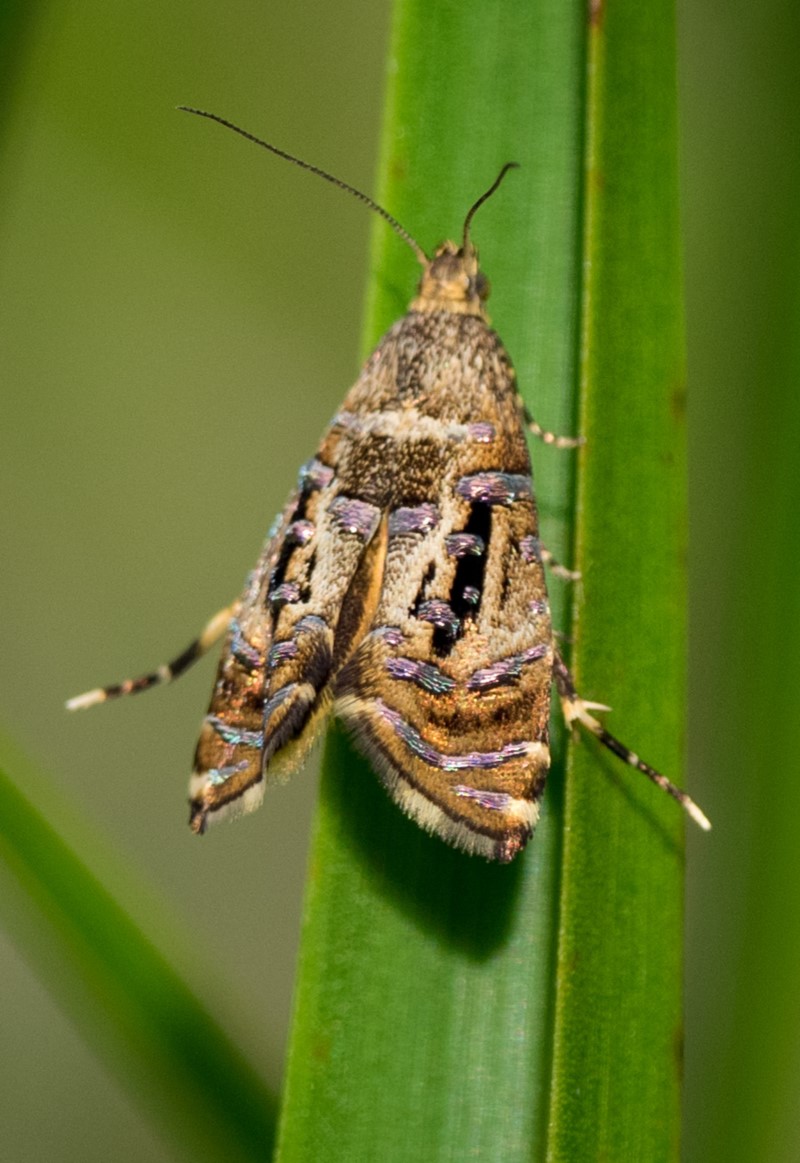'Moths in May' is underway!
It's here ... the inaugural Target of the Month!
We are asking people to be on the lookout for moths throughout May. The specific Target group is the Hepialid Moths - the Ghost and Swift Moths. But it's a great opportunity to build our regional map of moth diversity, more broadly.
Here is what people have been reporting this week:
So, keep your camera at hand and record any sightings you make on NatureMapr.
What if I sighted an interesting moth before May 1st?
Add a sighting! We welcome sightings at any time of the year, and our moth experts are keen to see what you're seeing, and to help in the identification.
Why May? Aren't most moths around in Spring?
It's true that many moth species have peak flight times during Spring or Summer. However, other species emerge in Autumn, and some - such as the Hepialids - are less predictable. If we get some rain (and surely we will, soon!), we may see Ghost and Swift moths in large numbers. They tend to fly on rainy nights. So be on the lookout, particularly when this current mini-drought breaks!
What information do I need to collect?
The more wing photos you can get, the better. Ideally, both upper and lower surfaces, both forewing and hindwing.
Of course, in living moths this is often not possible. And there are real advantages to taking photos of living moths. The position of their wings when at rest is often an important clue to their identity. And, for day-flying moths, the habitat in which you find them can also provide important clues.
Finally, try to provide size information. The best way is to include a ruler in the photograph, but if you don't have a ruler, use a coin or some other object to provide a sense of scale.
Where should I look?
Most people see moths when they are attracted to light. An outdoor light or unshielded window can be enough to attract some species.
Other species might be found by shining a torch into vegetation.
Many moths are active during the day. Some small species erupt from grasses when disturbed, but can be very difficult to see once they land.
It takes a little patience and practice, but it's worth it. Some of these day-active moths are quite beautiful.
And, as mentioned above, be on the lookout for the much larger Hepialids, as soon as we get some rain.
How can I identify my moth?
We encourage you to try to identify your sighting before you upload it to NatureMapr. This helps the moderator team, and it is the best way to develop your own knowledge of moths in your area. The best starting point in identification is to look at the sightings and species lists already recorded on NatureMapr.
You will notice that there are a lot of moth species! The NatureMapr species list for moths has been divided into various categories. Consider starting with the 'Common Moths' species list, before trying the other groups. Another useful strategy is to look at the 'sightings' page for all moths.
There are many other resources, both online and in field guides ... but you can simply seek help. Just record your sighting as: Category 1 = Insect; Category 2 = Moth; Species = "I don't know". There are many NatureMapr contributors and moderators keen to help with suggestions and comments.

































